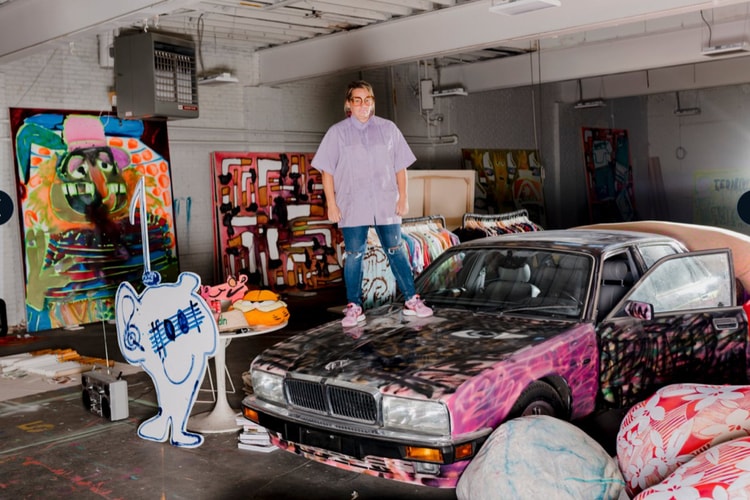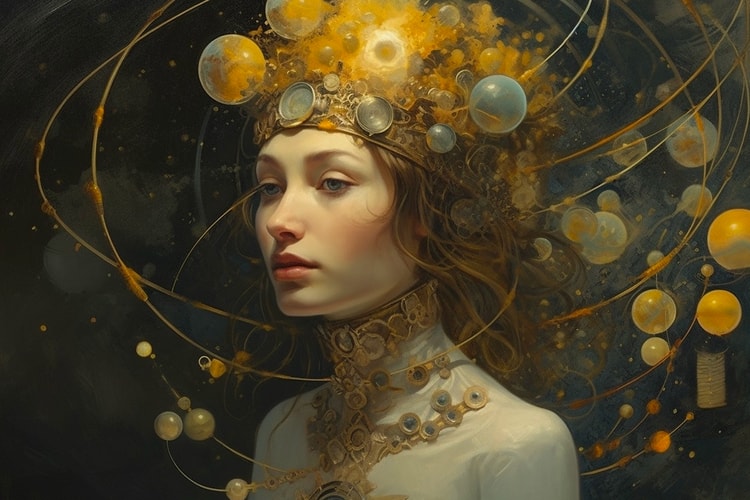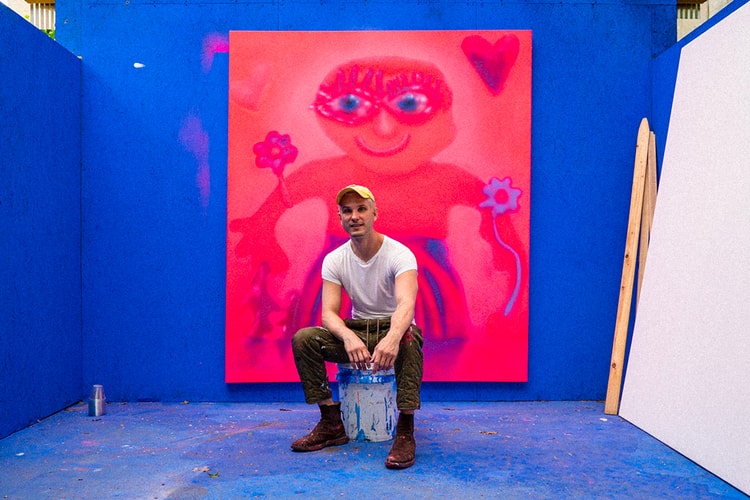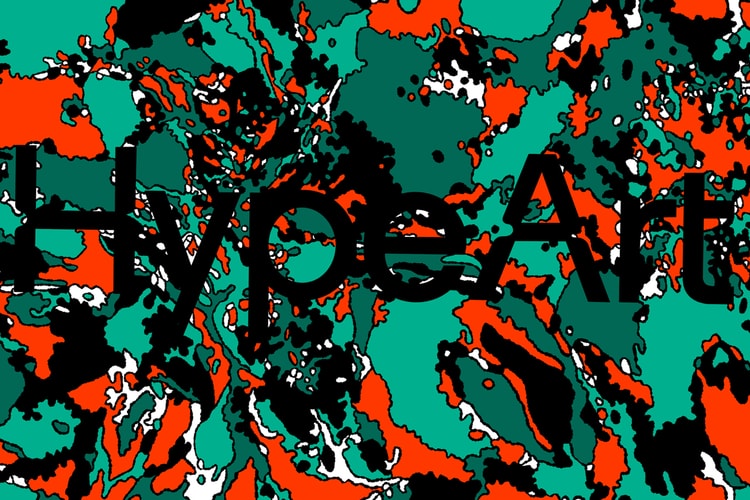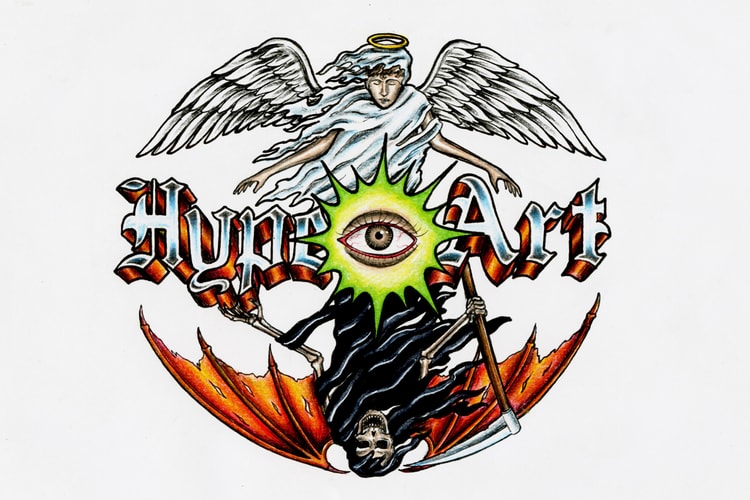Mario Klingemann Creates A.I.C.C.A Robotic Pooch That Poops Out Receipts of Art Critiques
Giving some ruff reviews of your favorite artworks.

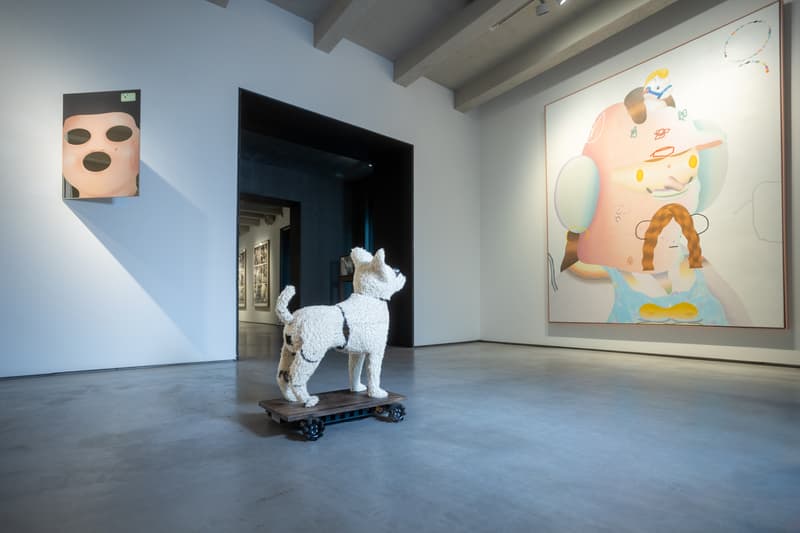

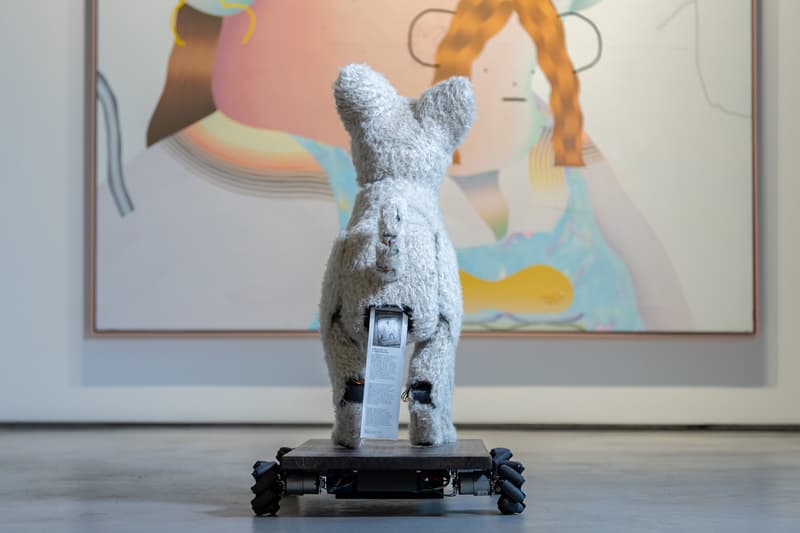


In the midst of all the doomsday prophecies about robots and AI taking over the world, let’s take a moment to appreciate the lighter side of artificial intelligence. Who wouldn’t be thrilled by a cute, artificially intelligent puppy that not only wags its tail but also poops out art critiques in the form of receipts?
Meet A.I.C.C.A. (Artificially Intelligent Critical Canine), the latest creation unveiled by Mario Klingemann, a renowned German artist and pioneer in AI art. Debuting at Madrid’s Colección SOLO, this robotic terrier is not your ordinary pet; it’s a performative sculpture that dives into the worlds of art, technology, and artificial intelligence through uncanny live performances. The pup isn’t just a spectator; it’s here to initiate discussions about the criteria, criticism, and the role of AI in the art realm. With its retro aesthetics, complex algorithms, and a sprinkle of whimsical humor, this robotic dog sparks engaging conversations that challenge conventional viewpoints.
The agent provocateur covered in fluffy fur invites contemplation on topics like AI, the role of robots, and what it means to have a discerning eye through the lens of contemporary art. A.I.C.C.A rolls around on a wheeled platform, observing its surroundings through a charming black lens-eye reminiscent of classic dog on wheels toys. Its retro appearance sets it apart from commercial robot dogs and showcases Klingemann’s knack for blending state-of-the-art technology with vintage aesthetics. The neutral white color with black markings aligns with the palette of Socially Assistive Robots, and its compact size and adorable expression give a nod to the influence of pet influencers on social media.
Inside A.I.C.C.A., a complex set of algorithms enables the machine to assess and select graphic artworks displayed in a given space, followed by the generation of descriptive texts about them. It considers factors such as composition, color, style, and even semantics. Trained on an extensive collection of visual material and art writing, the robot dog applies its own criteria to approach specific artworks, analyzing them in collaboration with ChatGPT, and producing concise written pieces. And here’s the quirky twist: A.I.C.C.A. prints its critical essays on small strips of paper, which it then dispenses, much like a dog leaving its “mark” on the world.
Klingemann envisions A.I.C.C.A. as a performer in the tradition of touring automata from centuries past. This robotic dog has the potential to travel to art fairs and exhibitions, creating a unique experience wherever it goes. Taking inspiration from Douglas Adams’ Electric Monk, a robot that believed in things on behalf of its owner, Klingemann humorously suggests that in our age of information overload and short attention spans, there’s a growing need for machines that can pay attention for us.
A.I.C.C.A.’s impact reaches beyond its entertaining presence. It raises thought-provoking questions about the role of art critics as both facilitators and gatekeepers in the art world. Klingemann emphasizes the significance of being acknowledged by critics, highlighting that even negative criticism is preferable to being completely ignored. By delving into the realms of human subjectivity, AI bias, and the social implications of bot-generated content, A.I.C.C.A. engages in contemporary debates with a touch of irony and humor. This art-critiquing dog, an entertainer and provocateur, playfully challenges art spaces to embrace experimentation, reminding us that they should be vibrant playgrounds for artistic expression.
The development of A.I.C.C.A. has been made possible through the ONKAOS program, an initiative by Colección SOLO that supports the creation of new media art. Collaborating with the Madrid-based robotics engineering studio, Maedcore, Klingemann has breathed life into this art-critiquing dog, captivating audiences and igniting conversations at the intersection of art, technology, and artificial intelligence. Together, they have pushed the boundaries of what is possible, blurring the lines between the physical and the digital, the animate and the inanimate.
To amplify its reach and engage with a broader audience, A.I.C.C.A. will share its art reviews on Twitter. Its Twitter account has already gained a following. By harnessing the power of social media, A.I.C.C.A. continues the conversation beyond the confines of the museum walls, encouraging a diverse range of perspectives and interactions.
As the line between human and machine continue to blur, we discussed the future of art and AI with American curator and AI expert, Jesse Damiani in a recent feature.
Colección SOLO
Pl. de la Independencia, 5,
Madrid, 28001
Spain












